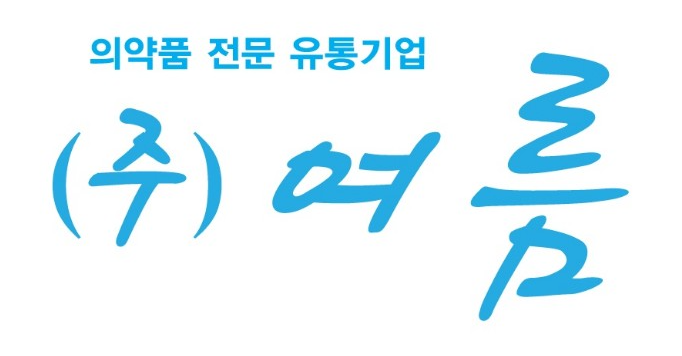New Language Translation Breakthroughs
Collaborative platforms such as Slack have integrated machine learning-driven translation services to facilitate smooth communication across languages and cultures. These platforms use machine learning algorithms to recognize languages in instantly, making it possible for team members to collaborate effectively, even when working in different languages.
The machine learning-based translation technology employed by these platforms is based on a sophisticated system of linguistic analysis, which analyzes the setting, grammar, and semantics of the text to produce precise translations. This technology can handle multiple languages, including less common ones, and can even provide translations for 有道翻译 colloquialisms.
The primary benefit of AI-assisted translation in team-based platforms is that it conserves time and effort for team members who may not speak the same language. This technology enables them to communicate more effectively, share thoughts, and collaborate on projects with colleagues from various linguistic backgrounds.
Moreover, AI-powered translation can also help businesses tap into new markets and expand their international reach. By providing translation services for global customers, businesses can improve their customer service, increase visibility, and increase sales.
Another significant benefit of AI-assisted translation is that it can adapt to the requirements of the user. For example, Google's machine translation technology uses a technique called adjustment to adjust the level of translation complexity based on the user's language proficiency and choices. This means that users can choose the level of translation they require, whether it is a simple basic translation or an complex translation that captures subtleties.
Furthermore, AI-powered translation has the potential to connect the gap between people with disabilities and the rest of the community. For instance, Google's Translate app can assist individuals with hearing impairments by providing real-time translation services.

However, AI-assisted translation also has its drawbacks and limitations. One of the primary concerns is the risk of cultural and linguistic errors. These errors can lead to confusion and even offend users. To mitigate this risk, platform developers need to incorporate user input and update processes into their machine learning-based translation systems.
In conclusion, AI-powered translation is a groundbreaking technology that has changed the way we communicate and communicate across languages and cultures. Collaborative platforms such as Slack have integrated AI-assisted translation services to facilitate seamless communication and collaboration. As machine learning advances, we can expect even more complex translation solutions that are more precise, efficient, and culturally aware. The future of AI-powered translation looks promising, and we are likely to see its impact on the world in decades to come.
Comments
상담신청하기
메일문의하기
CS Center
토/일/공휴일 휴무
런치타임 : 12:30 ~ 13:30





